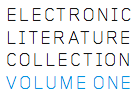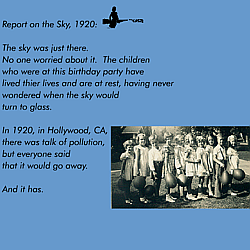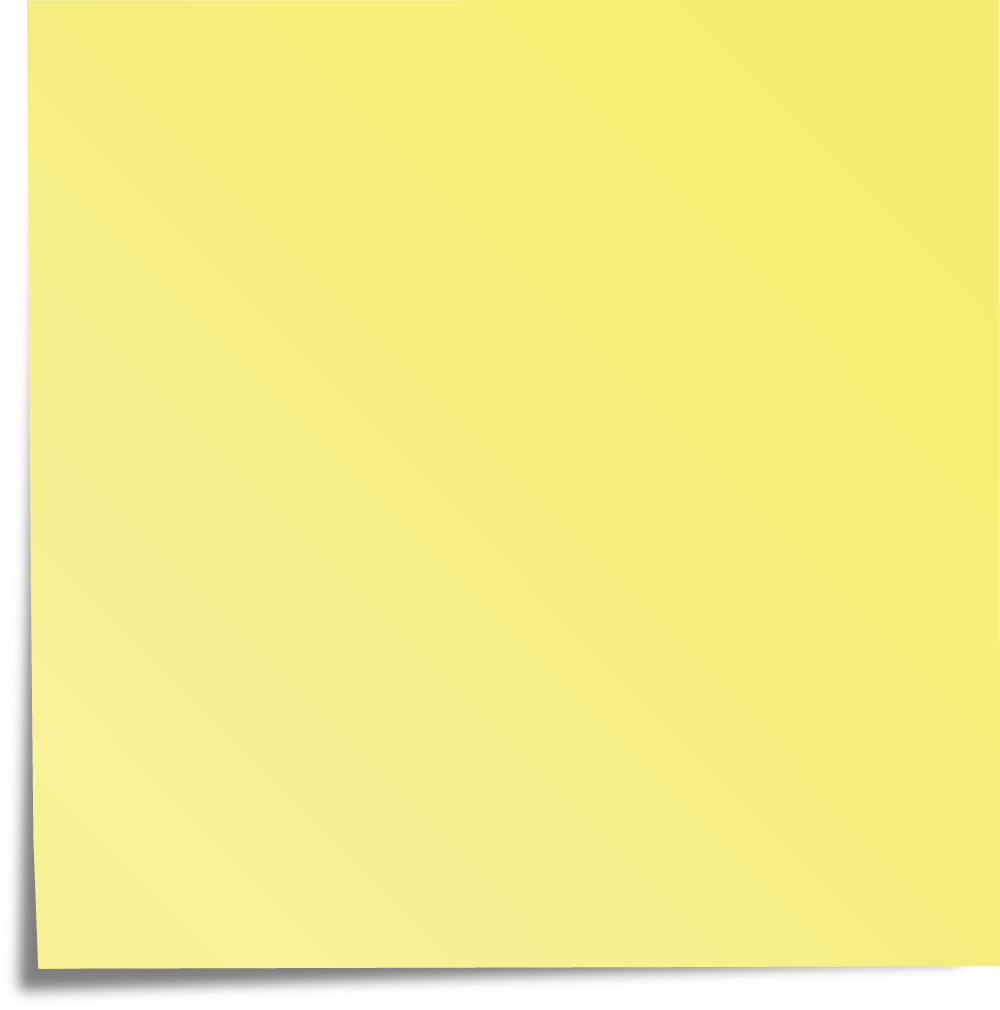

In this Flash hypertext, Coverley weaves a tapestry of text, image, and sound, telling a California story that many readers can relate to. In this piece, the sky itself is the center of a meditation on memory and loss across decades of human experience. The same "blue sky" that often refers to people's wildest dreams now comes to represent boundaries and fears.
Author description: Accounts of the Glass Sky is an exploration of disillusion and loss of the past. I began Glass Sky (August 2001) with photographs of skyscrapers in the LA downtown and a stack of old images from a shoebox. My intention was to weave a story around the images of the people — using the buildings to frame a Flash interface. I was still working on the storyline on September 11, 2001. For weeks following, I was unable to continue. I could no longer envision an unbroken narrative connection between "before" and "after" — that was when I realized Glass Sky was not about the buildings, but about the sky itself. In this piece, I tried to capture the experience of fluid negotiation between a past that we think we know and a present/future we recognize only in the moment of transmutation. Text and image in movement already signal a kind of narrative; however, this "story" is characterized not by image, text, or sound, but by the oscillations among them. The black-and-white photos, seemingly windowed in the glass facade of a skyscraper (or stone circle), suggest a time when we might have believed in the reliability of our senses.
Instructions: To hear the sound, turn on the computer's speakers or plug in headphones. Click on photographs to explore Accounts of the Glass Sky.
Previous publication: Accounts of the Glass Sky was first published in Artifacts, available at http://webdelsol.com/Artifacts, in February 2002. Accounts of the Glass Sky is also available on Coverley's site, http://califia.us/.
Creative Commons Attribution-NonCommercial-NoDerivs 2.5 License.

This Flash work has been preserved with Ruffle by the Electronic Literature Lab in February 2021. When it launches, a play button
may appear that you will need to click; after launching it, the work may take time to appear.